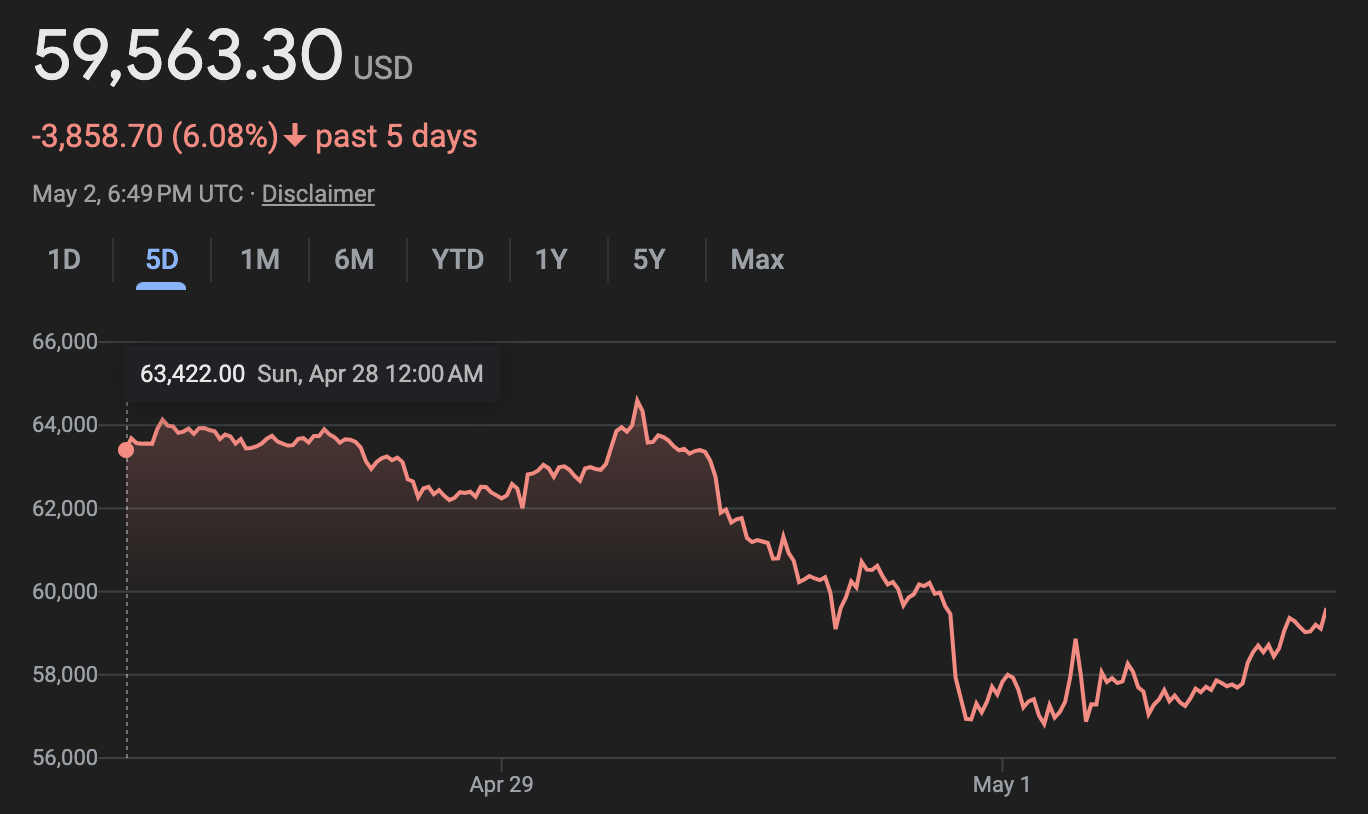Crypto Market Updates: Trends and Insights for Late 2024
As we approach the end of 2024, the cryptocurrency market is experiencing a period of significant transformation. From regulatory developments to technological advancements and market dynamics, a variety of factors are shaping the landscape. This article provides an overview of the key trends and updates in the crypto market, offering insights into what investors and enthusiasts should watch for in the coming months.
Regulatory Landscape Shifts
One of the most notable updates in the crypto space is the evolving regulatory environment. Governments around the world are increasingly focusing on cryptocurrency regulation, aiming to balance innovation with investor protection. The United States, for example, has seen ongoing discussions about comprehensive crypto legislation. Recent proposals from the Securities and Exchange Commission (SEC) aim to provide clearer guidelines on digital asset classifications, particularly distinguishing between securities and commodities.
In the European Union, the Markets in Crypto-Assets (MiCA) regulation is set to be fully implemented by early 2025. This regulation is designed to harmonize the crypto regulatory framework across member states, promoting investor protection and market integrity while fostering innovation. Meanwhile, countries like India and China continue to grapple with their approach to cryptocurrencies, with regulatory frameworks that often reflect broader economic and political goals.
Technological Advancements and Innovations
Technological advancements remain at the core of the crypto market’s evolution. One significant development is the continued growth of decentralized finance (DeFi) platforms. DeFi projects have been expanding their offerings, including more sophisticated lending protocols, decentralized exchanges, and yield farming opportunities. Innovations such as layer-2 scaling solutions and cross-chain interoperability are enhancing the efficiency and usability of DeFi applications.
Moreover, the rise of blockchain interoperability platforms like Polkadot and Cosmos is facilitating more seamless interactions between different blockchain networks. These advancements are expected to drive greater adoption of decentralized applications (dApps) and enable more complex financial instruments within the crypto ecosystem.
Market Dynamics and Price Trends
The cryptocurrency market has been characterized by significant volatility throughout 2024. After the strong bull run of early 2023, which saw Bitcoin reaching new all-time highs, the market experienced a period of consolidation and correction. This year, Bitcoin has been trading within a relatively narrow range, with fluctuations largely driven by macroeconomic factors, regulatory news, and market sentiment.
Altcoins have also seen a variety of price movements. Ethereum, for instance, has faced challenges related to network congestion and high gas fees, prompting ongoing development efforts to improve scalability. Meanwhile, new entrants in the altcoin space, including projects focused on artificial intelligence and green energy, have garnered attention from investors.
Stablecoins, which are designed to maintain a stable value relative to fiat currencies, have remained a crucial component of the crypto market. However, the scrutiny of stablecoin issuers has increased, with regulatory bodies seeking to ensure that these assets are fully backed and comply with financial regulations.
Institutional Adoption and Market Infrastructure
Institutional interest in cryptocurrencies continues to grow, contributing to the market’s maturation. Major financial institutions and corporations are increasingly incorporating digital assets into their strategies. This year has seen notable investments in Bitcoin and Ethereum by high-profile companies, as well as the launch of new cryptocurrency-related financial products.
The development of market infrastructure is also advancing. Cryptocurrency exchanges are enhancing their security measures and user experiences, while custodial services are becoming more robust. Additionally, the introduction of regulated crypto futures and options markets is providing institutional investors with more tools to manage their exposure to digital assets.
Environmental and Social Considerations
Environmental concerns surrounding cryptocurrency mining, particularly with Proof-of-Work (PoW) networks like Bitcoin, have been a topic of ongoing debate. The energy consumption associated with mining operations has prompted calls for more sustainable practices. In response, there has been a growing emphasis on adopting Proof-of-Stake (PoS) consensus mechanisms and investing in renewable energy sources.
Social impact and inclusivity are also gaining prominence. The crypto community is increasingly focused on how digital assets can promote financial inclusion, particularly in underserved regions. Projects aimed at providing decentralized financial services to unbanked populations are making strides, and there is a growing recognition of the potential for cryptocurrencies to drive positive social change.
Looking Ahead
As we move towards the end of 2024, the cryptocurrency market is poised for continued evolution. The interplay between regulatory developments, technological innovations, market dynamics, and institutional adoption will shape the future of digital assets. Investors and enthusiasts should stay informed about these trends and be prepared for the inherent volatility and opportunities that come with the crypto space.
In conclusion, the crypto market is navigating a complex landscape of growth and regulation. While the path forward may be uncertain, the advancements and trends observed in late 2024 provide a glimpse into a rapidly evolving financial frontier. Whether you’re a seasoned investor or new to the world of cryptocurrencies, keeping abreast of these updates will be crucial for making informed decisions and capitalizing on emerging opportunities.














Post Comment